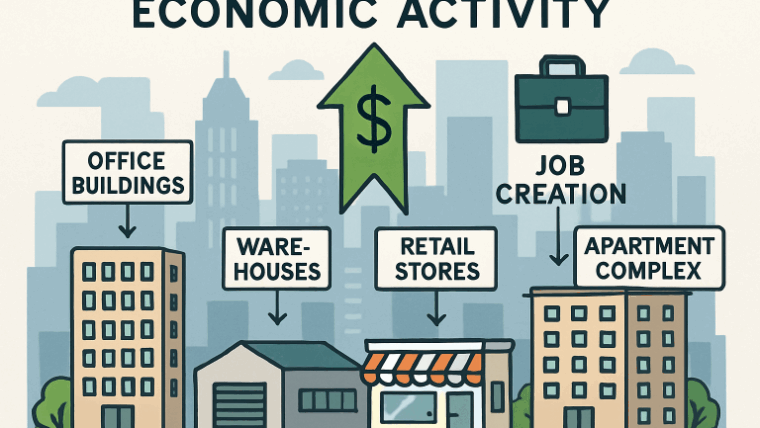
Creating your brand for your resume is a great way to stand out from the crowd. This unique branding can also be used on your letterhead, business cards, and LinkedIn profile.
Use plenty of white space to make your resume more appealing.
Table of Contents
Use Color
Color on a resume used to be considered unprofessional, but as home computing has evolved and hiring managers began scanning electronic documents instead of printed papers, it’s become more acceptable to add a little color to your template. Just remember to utilize color wisely and to take the company’s culture into account when selecting your hues.
For example, bright red may convey power and passion, but using it for a career like an accountant or attorney can seem intimidating. A deeper red, such as burgundy or maroon, is a better choice for these professions.
Accent colors also make a great addition to your template and can help highlight important sections or keywords in your work history section. You can find a few examples in this template, but you can always use your color palette in a professional template like this one.
Add a Logo
The use of resume icons depends on the position you are applying for. If it is a creative job, like graphic design or writing, resume icons can be handy as they help to make your resume stand out and attract attention.
However, many recruiters argue that a resume full of icons is distracting and might even hurt your chances of getting an interview as they take the focus away from your content.
Overall, resume templates for every job are a great way to create a professional and appealing document without having to start from scratch. Just remember to tailor it to each job and always proofread thoroughly. It is also helpful to have someone else read it, such as a friend or family member, to check for any grammatical errors.
Use Shapes
Creating your style and logo for your resume is an excellent way to create a professional, eye-catching document that will stand out in the stack. A crest with your name and catchy tagline can be used on letterhead, business cards, and even your social media profiles to establish your brand further.
Simple, ATS-friendly templates are best for parsing through Applicant Tracking Systems because they tend to avoid using graphics, columns, and other formatting that may get garbled by these software programs.
Suppose your job history includes working for companies with recognizable brands. In that case, you can make use of that information in your template to create a cohesive look and help readers identify your achievements at a glance.
Add a Photo
Whether you’re applying for a traditional role in a bank or an out-of-the-box creative position at an agency, it’s essential to keep your resume tidy and organized. This means keeping all your headers and bullet points in line, as well as incorporating clear fonts that make it easy to read.
For a more visually striking look, try using blocks of color or lines to separate your sections, as demonstrated by this design from beautiful resumes. Or, create a theme for your resume that can help to organize your information and convey your personality through your visual design choices.
Add a Background
If your industry allows it, you can show off your personality with a background on your resume.
Alternatively, you can make your background using a paint program. But keep in mind that ATS programs can’t understand images, so you should avoid them.
Minimalism is on-trend and can be a good choice for a professional resume. Subtle lines break up the space, and sleek icons communicate information without distracting the recruiter’s eye.


